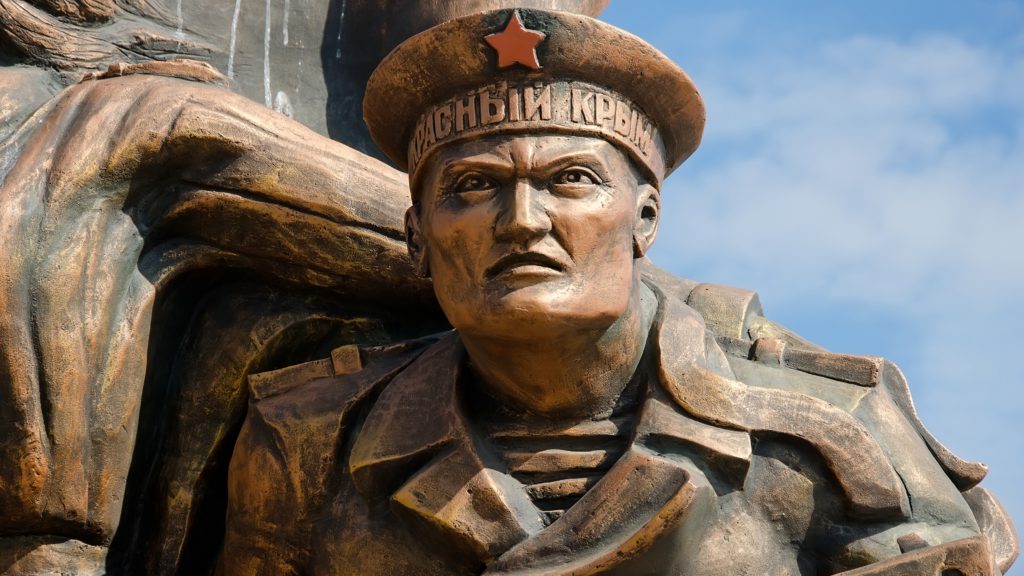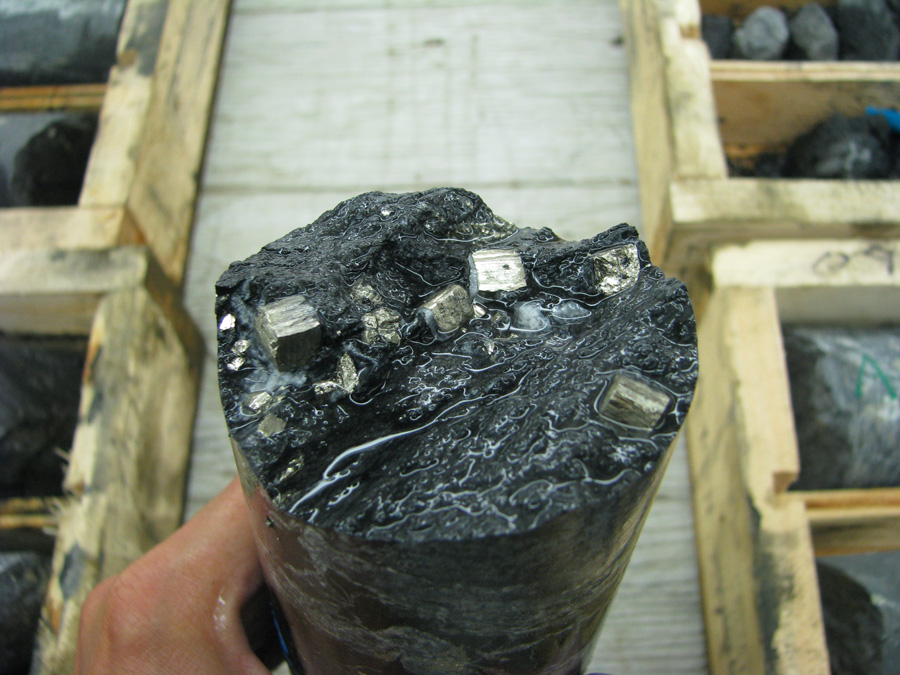Column: War in Ukraine shows commodity markets are robust, adaptable

One year after Russia invaded Ukraine and sent commodities into turmoil, it’s clear that the main takeaway is that markets are remarkably resilient and adapt quickly to changing circumstances.
While the attack on Feb. 24 last year initially sent prices for commodities such as crude oil, liquefied natural gas (LNG), and coal skyrocketing, they have all returned to, or fallen below, the pre-invasion levels.
The commodity trading world has effectively and in a short period of time managed to re-route Russian exports of crude oil, refined products, and coal, as well as adapt to the loss of much of Russia’s pipeline natural gas.
Global crude oil benchmark Brent futures ended at $80.50 a barrel on Wednesday, below the $96.84 from Feb. 23 last year, while spot LNG for delivery to north Asia ended last week at $16 per million British thermal units, down from $24.40 in the week before the invasion, which Moscow calls a “special military operation.”
Spot iron ore, as assessed by commodity price reporting agency Argus, finished at $130.45 a tonne on Wednesday, down from $137.30 on Feb. 23 last year.
Benchmark Australian thermal coal at Newcastle Port closed last week at $195.13 a tonne, down from the $249.25 the week prior to the attack on Ukraine. The daily spot price assessed by globalCoal is even weaker, ending at $169.91 a tonne on Wednesday.
London-traded copper closed at $9,137 a tonne on Wednesday, down from the $9,866 from Feb. 23 last year.
All of these commodities saw prices surge after the invasion, with thermal coal and spot LNG hitting record highs as fears of an energy crisis caused by the threatened loss of Russian supplies swept the global markets.
But these fears were never fully realized, largely because Russian commodities were re-routed to new buyers and some consuming nations cut consumption of commodities such as natural gas.
Europe, the continent that was most reliant on Russian energy commodities, has also managed to largely end its reliance on piped natural gas by switching to LNG, as well as finding alternatives to Russian crude, fuels and coal.
There are ongoing consequences of the initial spike in commodity prices, with retail fuel and electricity costs in many countries still well above pre-invasion levels. High energy prices are also a factor in the current bout of inflation and the associated tightening of monetary policy.
China back driving
But the bigger question for commodity markets is whether the process of re-routing Russia’s exports away from Europe and other Western countries and mainly to Asia is now complete, and therefore fully priced in.
Certainly, the short-term prices of major commodities have largely returned to being driven by what could be described as traditional factors, such as the outlook for China’s economy, especially with the world’s largest buyer of natural resources aiming to accelerate growth this year.
Optimism over China’s economy has been the main driver of a rally in iron ore, which has jumped 65% since hitting its 2022 low of $79 a tonne on Oct. 31.
Iron ore tends to be one of the first commodities to respond to optimism over China’s outlook. Mills stock up on the raw material as they boost output of steel ahead of the anticipated demand from the construction and infrastructure sectors.
China is also one of the main beneficiaries of the war in Ukraine from a commodity perspective, gaining access to heavily discounted supplies of Russian crude oil and coal, while maintaining the ability to refine the oil into fuels and export them to Asian markets that have been short of diesel as Europe seeks to replace what it used to buy from Russia.
It could be argued that an ongoing stalemate in the war in Ukraine, where neither side can defeat the other but both are unwilling to seek peace, is the current best outcome for China.
Such a situation maintains China’s access to cheap Russian commodities, increases Moscow’s dependence on Beijing while keeping Western countries focused on the war and its costs to their economies and political unity.
India is another beneficiary from cheap Russian crude and coal, while countries in the Middle East are starting to import Russian refined products, most likely to use domestically, which in turn allows them to export their locally produced fuels and pocket the difference between cheap Russian supplies and the higher global prices.
Other countries that have benefited from the war in Ukraine include commodity exporters such as Australia, but with prices largely below pre-invasion levels, it’s likely the boost will start to fade over the coming year.
It’s also worth noting that in the months after the invasion much commentary was devoted to how Russia was benefiting from the higher commodity prices and how the Western sanctions on Moscow’s exports were failing.
That dynamic has now shifted and while Russia is still able to export more or less the same volumes it did prior to the war in Ukraine, it’s now having to offer substantial discounts and it’s likely that 2023 will see revenue from energy exports drop substantially.
It could be argued that this is the exact intention of the Western sanctions, to cut Russia’s revenue while still ensuring global commodity markets are well supplied.
(The opinions expressed here are those of the author, Clyde Russell, a columnist for Reuters.)
(Editing by Stephen Coates)
More News
{{ commodity.name }}
{{ post.title }}
{{ post.date }}

Comments